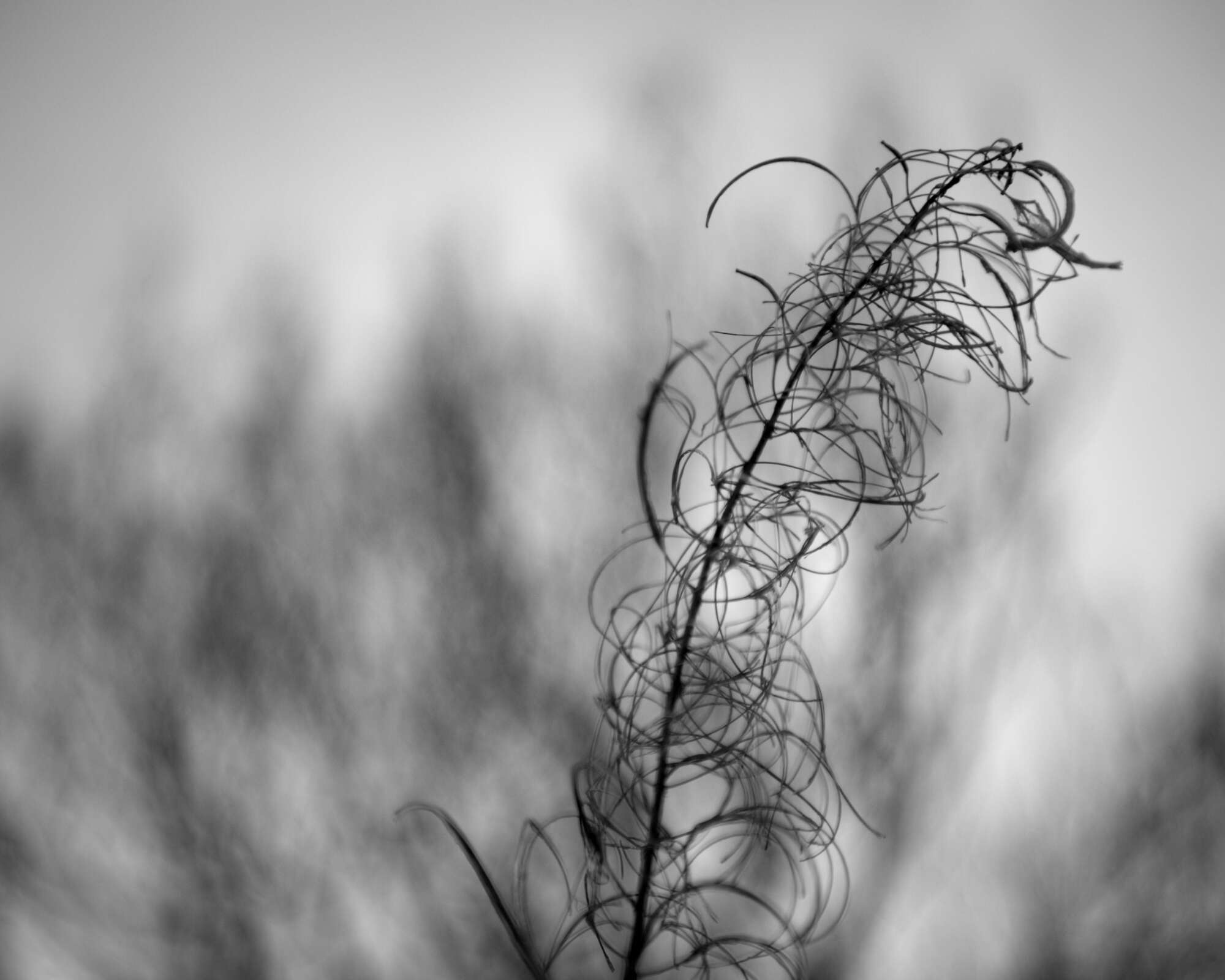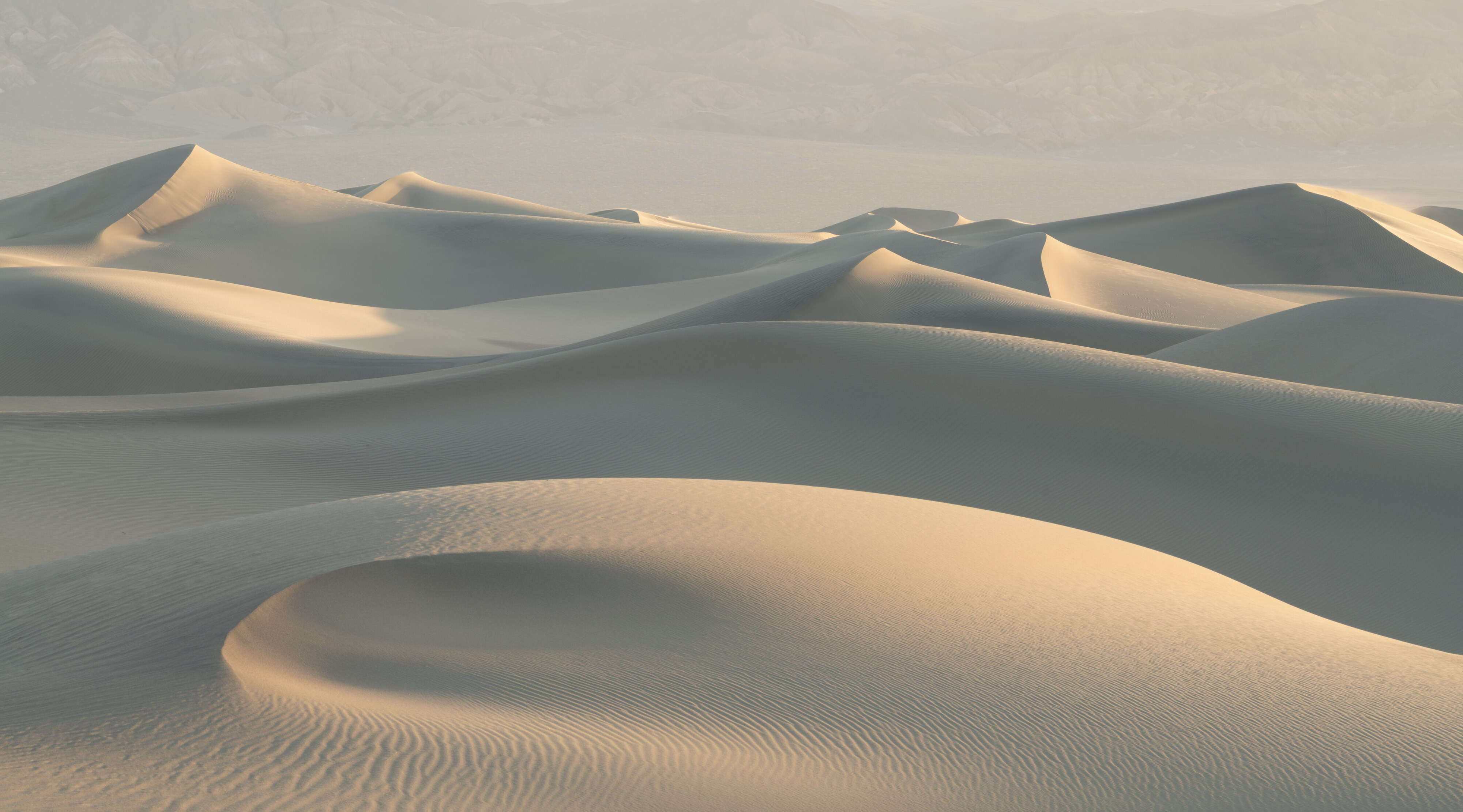Jack of all Trades
Letting Yourself Explore
Paul Gallagher
To be honest, if this was my sole form of inspiration, then I think it would have worn thin some time ago because I have never been particularly good at sharing my work, certainly before social media existed, which has been in existence only a short part of my career. Therefore, there were other forces in place making me get up and explore with a camera, as opposed to simply enjoying my time being in the wilderness. Having thought about this, I have not simply made photographs of the landscape, but I have made photographs of different parts of the landscape, each of which has excited me.
I vividly recall the excitement of being at the coast, and with an unstoppable desire, assigning all of my free time with my camera to simply heading away from land until it had all but ran out. I remember travelling to different beaches and bays to experience the white sands or the textures of the geology. I have an inventory of locations, all marked on maps that I returned to time after time, but which somehow are now left alone — but not for good.
I arrived at the same conclusion with mountain landscapes. Seeking out tightly packed contour lines on maps and heading out there has provided me with years of hugely enjoyable memories that still bring a smile to my face to this day. Also, with rivers and lakes. These energetic features of the landscape are plentiful, and I was hooked on standing at the edge of a rapid flow or watching mirror like reflections form and dissipate as a breeze glided by towards the end of the day. Once again, I still have the maps, all marked up and folded away just like the memories I can draw upon when gazing at them.
So why is this? Why have I left the coast behind and washed the sand off my tripod? Why have I turned my back on the roaring sound of the waterfalls and cascades? The answer is I did not want to ever get close to thinking that parts of these amazing landscape were done. I don’t however feel any location is ‘done’, but I did not want to tire of it, to labour at it too much. Moreover, I do not need to, there was plenty more out there, and it is this that inspires me.
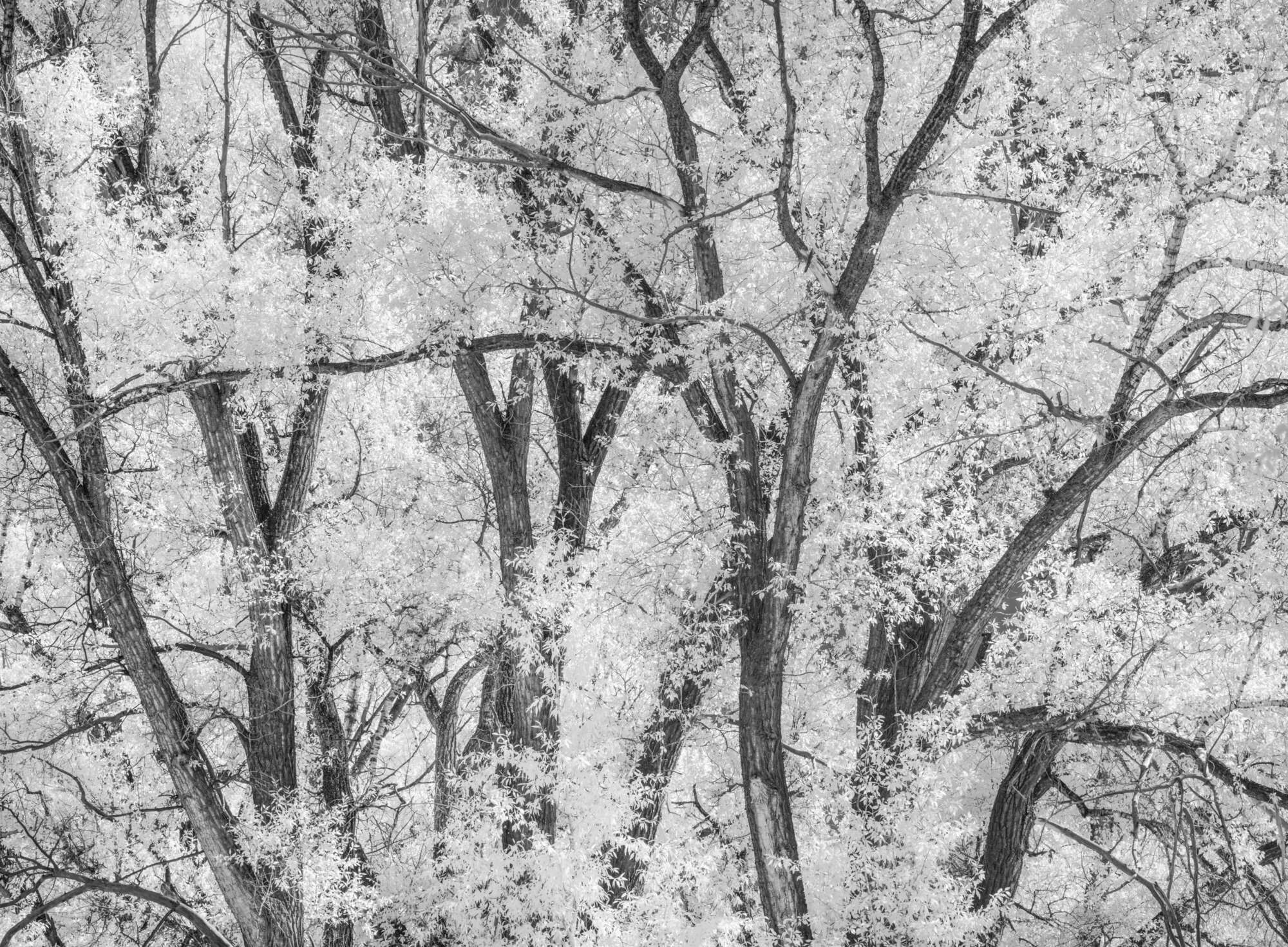
You may be asking what I did do with my time and where did I go next. Put simply, I allowed myself to change my mind. It’s good to be a butterfly from time to time and land upon a different way of seeing, but the only way to do this is letting go of what you think you should be making photographs of. This is not as simple as it sounds as it can be fraught with concern and a dash of frustration. If you are getting good at something, the most common approach is to get even better at it, and I see merit in this. I also see there is another side to it, a side of possible repetition, and fatally, mediocrity seeping in. Photographers often ‘find their way’ or adhere to a genre, or a genre within a genre. For me, the landscape photographer that only photographs on a rivers edge is not exciting.
The frustration arises from anyone pursuing something new. The first chords played on a guitar are generally not a harmony of cleanly depressed strings, but a muffled strum through which the frets buzz, and the player who is learning proclaims their fingers are bleeding! As with anything new, the experience invites problems and mistakes that we all have to work through, and similarly, the finished photograph, the trophy of our efforts, can be dish easily over-seasoned. It is at this juncture that I have almost rushed back to the shelf harnessing my maps, grabbed one, and let myself off the hook by heading back to my favourite beach. But I resisted, and the reason I did is that I wanted two things to happen. The first is that I know only too well that beyond the first fumbles of new exploration, lies revelation and further inspiration. And secondly, this has always led me to be a photographer that has just learned to see something different with new eyes.
This approach may sound like a means of diluting a specific skill set, and furthermore, if I had grabbed that map and headed back to the coast, I may be better at coastal photography. I disagree. Evolution, and more importantly, allowing yourself to evolve, is what keeps me going. I do not say to myself that I will never go back to those beaches, or into the mountains, but I do say that I can look forward to that when the time comes, but for the mean time, I have to push myself and the way I see.
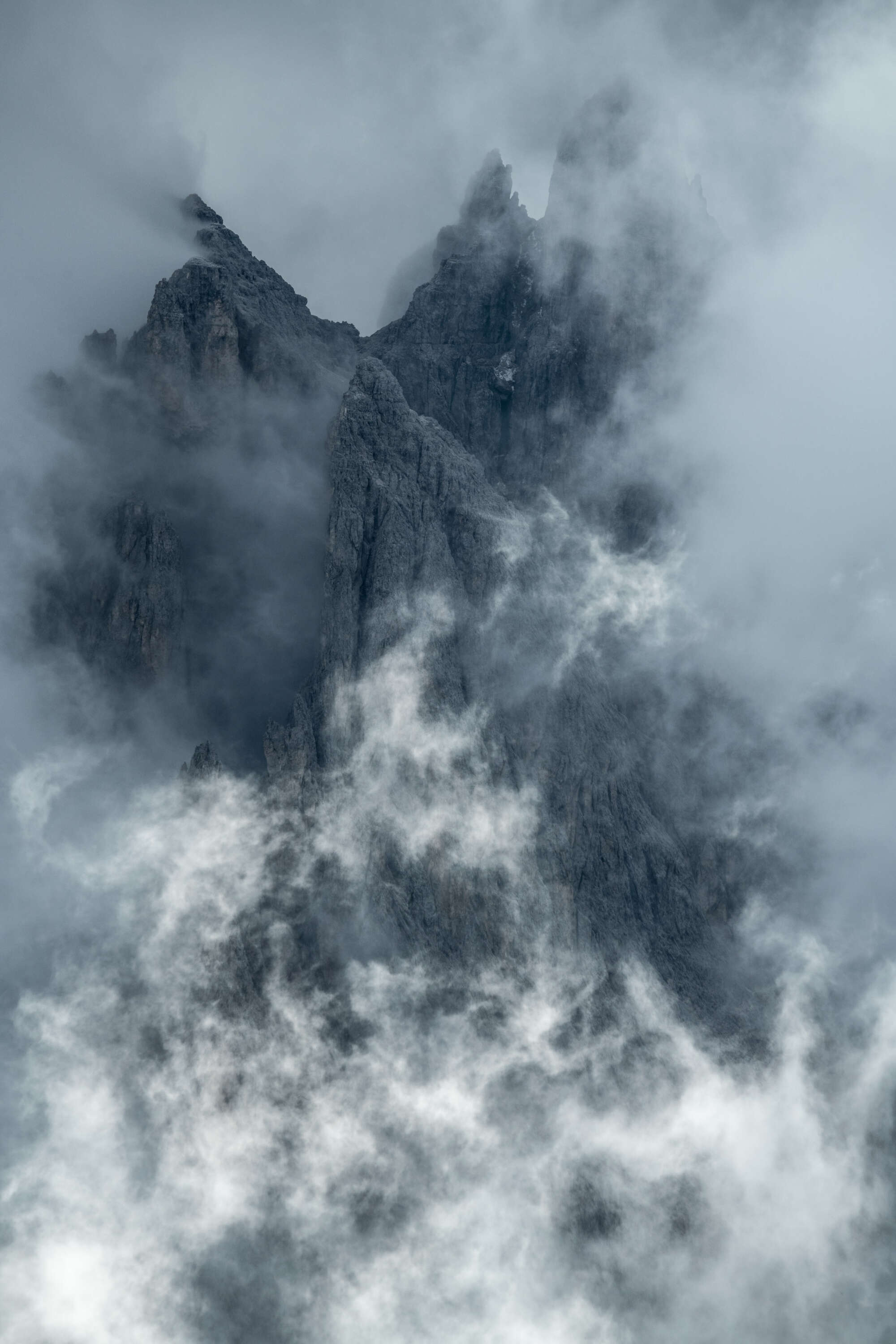
Looking back, this has happened throughout my entire career. I was originally trained in a commercial studio using 8×10 cameras involved mainly in architectural projects. This work I loved, but I was soon stood in a landscape with cameras loaded black and white sheets film. I have made many a bumpy crossing to other things I have explored, but always returning with tangible benefits. From film to digital was one of the many transitions laced with uncertainty and an overwhelming sense of personal betrayal. I even received some comments stating that I was a film photographer, and what was I doing with colour! It was the best thing I ever did, and I may go back to film in the coming years in the same way I will return to my maps.
I recall my first reluctant use of digital infrared cameras and the belief that the only photographs that could be made would be what I considered ugly, harsh and abound with contrast. That journey did not arrive there, and I have experienced an overwhelming love for a medium that I last put on a shelf as a student when I was seventeen.
Looking at the way we describe this, we use words like frustration, inspiration, fraught and revelation which denote an emotional state. This is important to me. I seem to relish in these changes and what I experience during the journey. I recall many occasions either out in the field or back at home, seeing the photograph I wanted come to life, making that connection that was slightly out of reach when I first embarked on a particular path. I remember feeling it was worth it!
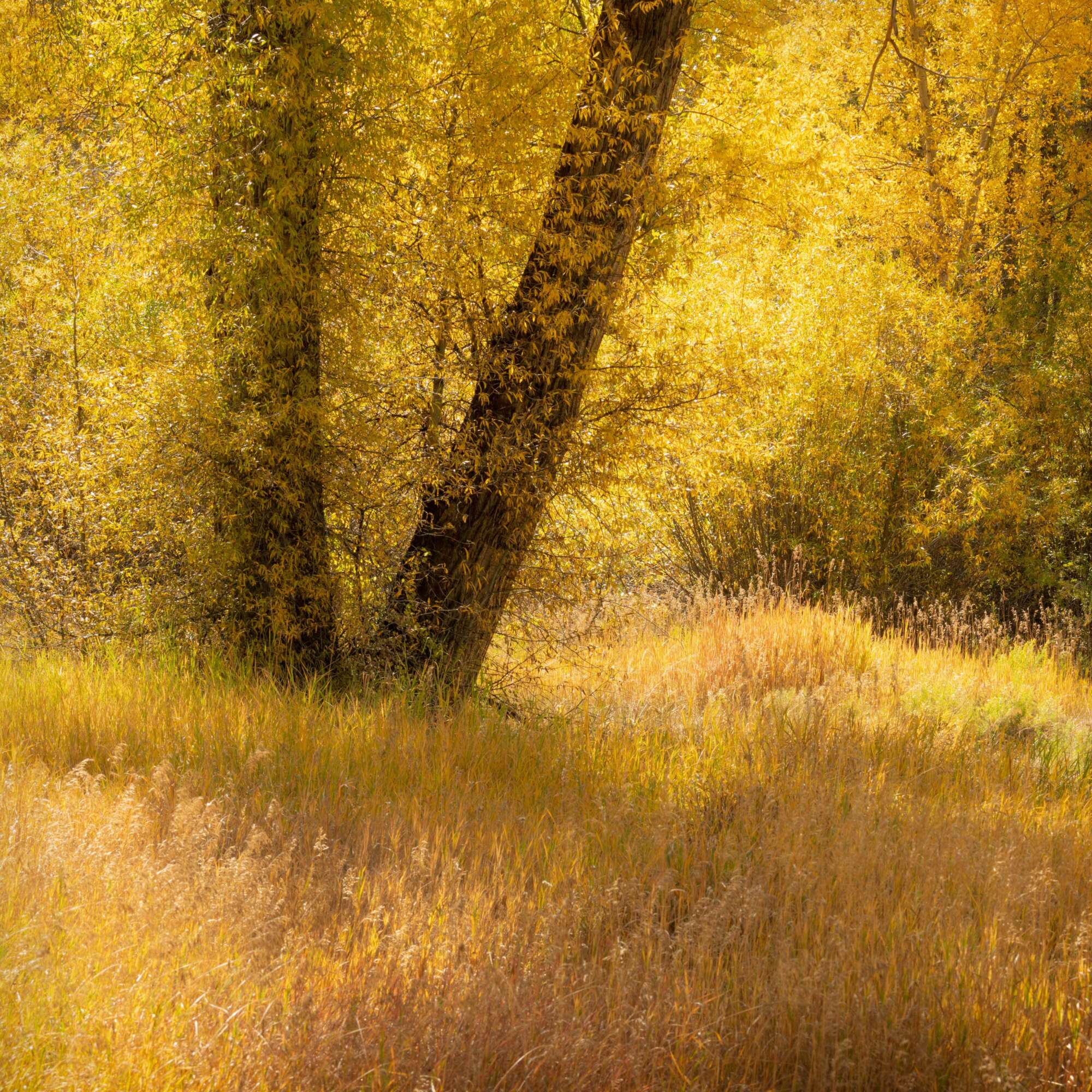
I have never really adhered very long to one very specific approach in photography, the longest probably being black and white film. But this fluidity has not at all made me a ‘jack of all trades’ either. I have not dipped a toe into wildlife or had a bash at portraiture. I have certainly not set up a home studio or walked the streets documenting the interactions of people and environment. There are people far better at that than me and I admire their work. But as I said in the outset, I have always gone out into the landscape, and in doing what I have done, I feel I have forged intimate relationships with many facets of where I love to be. This in turn has made me see far more that if I had not.
It is really quite commonplace to see photographers delivering image after image of the same subject matter. There is nothing at all wrong with that, but for me, I can occasionally be seen packing up my kit and heading to my car, knowing that I have had a great day at a particular place and enjoyed every minute of it, but also knowing that I am saying goodbye for a while, and I don’t know when I am going to be back.
So, I say, let yourself try different things, hide away in a woodland or walk onto a moor. Don’t worry about what might happen, or more importantly, what people might think of the photographs, just let the mistakes happen. After all, the only way we learn is through mistakes. What you will be doing is exploring as much of the environment as you will of yourself. And rest assured you can go back to what you are used to, and if you do, you just might see it in a different way.
As they say, absence makes the heart grow fonder.
